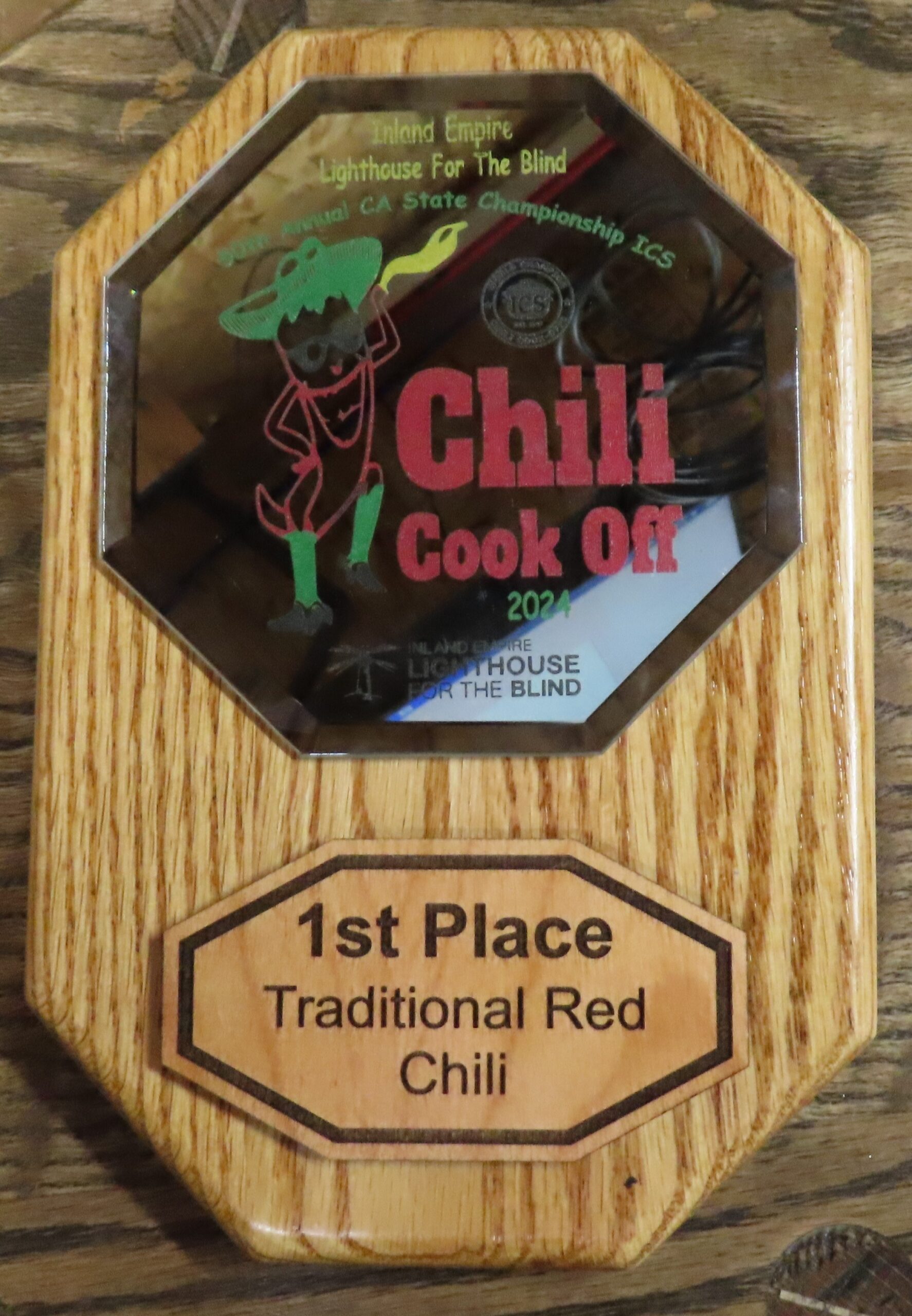There was a triple-digit heatwave scorching the southland, but fortunately for the CNCers, Kenneth Thomas hosted today’s training in his well air-conditioned shop. Thank you, Kenneth, for hosting and leading the training. Today an open forum, with participants asking and answering a wide array of topics. There were 13 in attendance.
New Members: welcome to Jim Reel. Jim is a beginning woodworker and new to CNC. He is close to retirement and looking to learn more about the craft.
The discussion began with club President Mike Trejo giving an update on the Inland Woodworkers 501(c)3 non-profit tax status. Mike also discussed plans for an IW workshop, which will be geared toward teaching others about woodworking. The shop will include a classroom, stationary machinery, and storage.

Kenneth Thomas discussed the upcoming Veterans Celebration Parade and Festival which will be held on November 9, 2024 and hosted by Jurupa Valley (https://www.jurupavalley.org/395/Veterans-Celebration-Parade-and-Festival). Kenneth is leading an effort to build an IW float that will be pulled with his newly restored antique John Deere tractor. Kenneth is looking for volunteers to help with the build; contact him if you are interested.
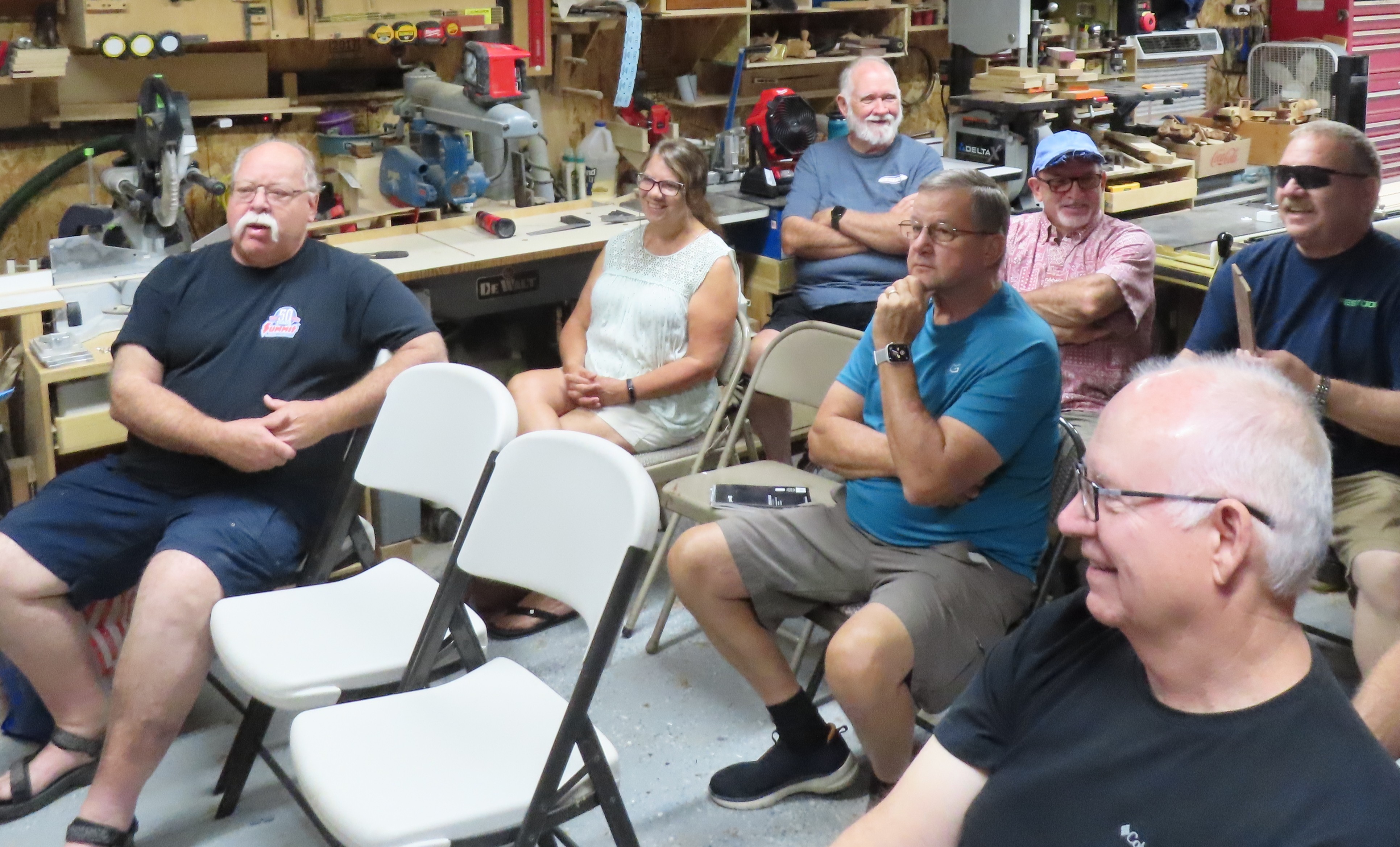
The conversation then transitioned to CNC machining, with the first topic being a discussion on material setup. We talked about the advantages and disadvantages of indexing off the machine bed versus the top of the material surface. Members shared their experiences with spoiler-board impacts, lumber warpage, and pocketing. It was noted that ½” Baltic Birch plywood is really 18mm, or 0.48 inches, not a full 0.5 inches.
Next, we discussed the tool database. Each tool has settings for feed rate and plunge rate. Feeds and speeds are a function of your machine’s spindle type, ball screws, rigidity, the quality of tool bit being used, and the material being cut. The goal is to produce chips, not sawdust, as sawdust is a result of friction that leads to heat buildup. Participants also discussed their methods for cleaning bits, and all agreed that whatever method is used, make sure to do something to keep your bits clean.
Matt Martel raised a question from one of his projects.
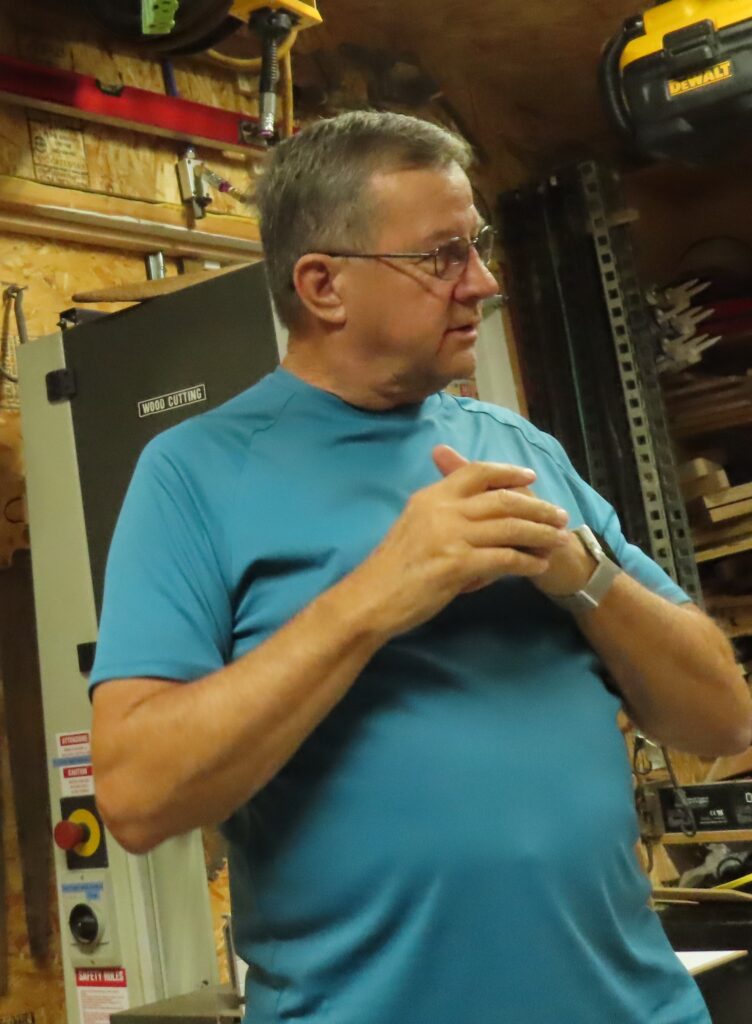
He was looking for suggestions on profiling text. We discussed using an end mill versus a V-bit, and the impact of bit sizes for roughing and finishing. Matt happened to have the project on a thumb drive, so Kenneth loaded it into the computer, and members provided several suggestions.
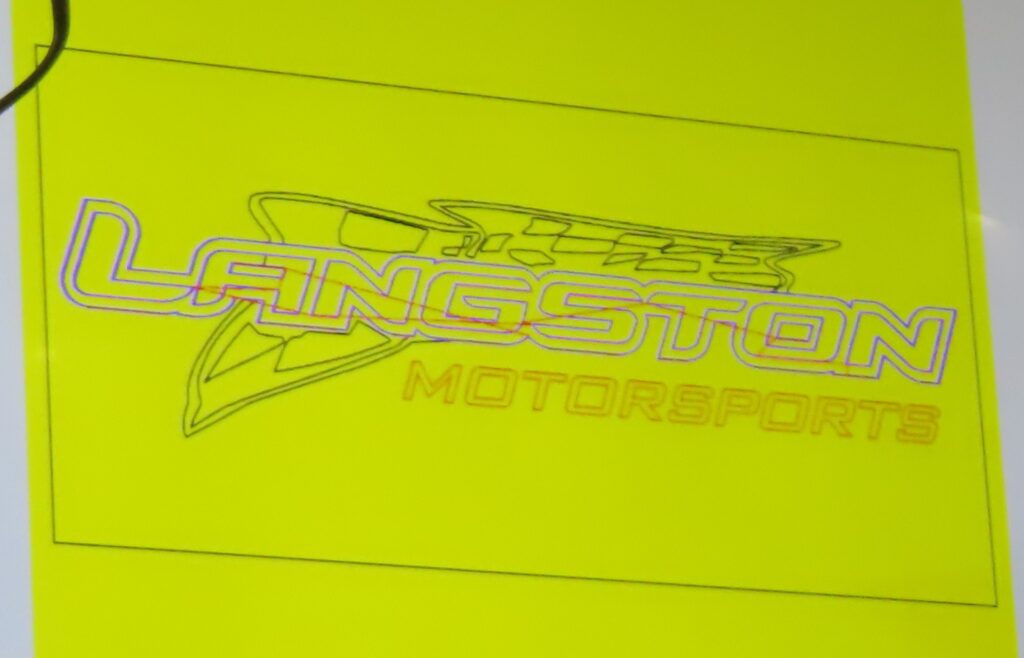
Kenneth was able to modify the project and demonstrate different outcomes using the Vectric simulator. We learned more tricks about using layers to isolate objects and simplify the machining process.
Susan Shekels asked about zeroing the bit, both for X-Y and Z axes, and Rick DuVall explained the differences between cutting on the line, inside, and outside of the line. We then discussed using sensors (e.g., height pucks) for setting X-Y and Z.
Show & Tell
Rick DuVall showed coasters that he is making for an upcoming event. He plans to fill the pockets with an epoxy to emphasize the logo. The coasters are made from walnut and cut using a V-bit. He plans to make 8 boards, each with 4 coasters.
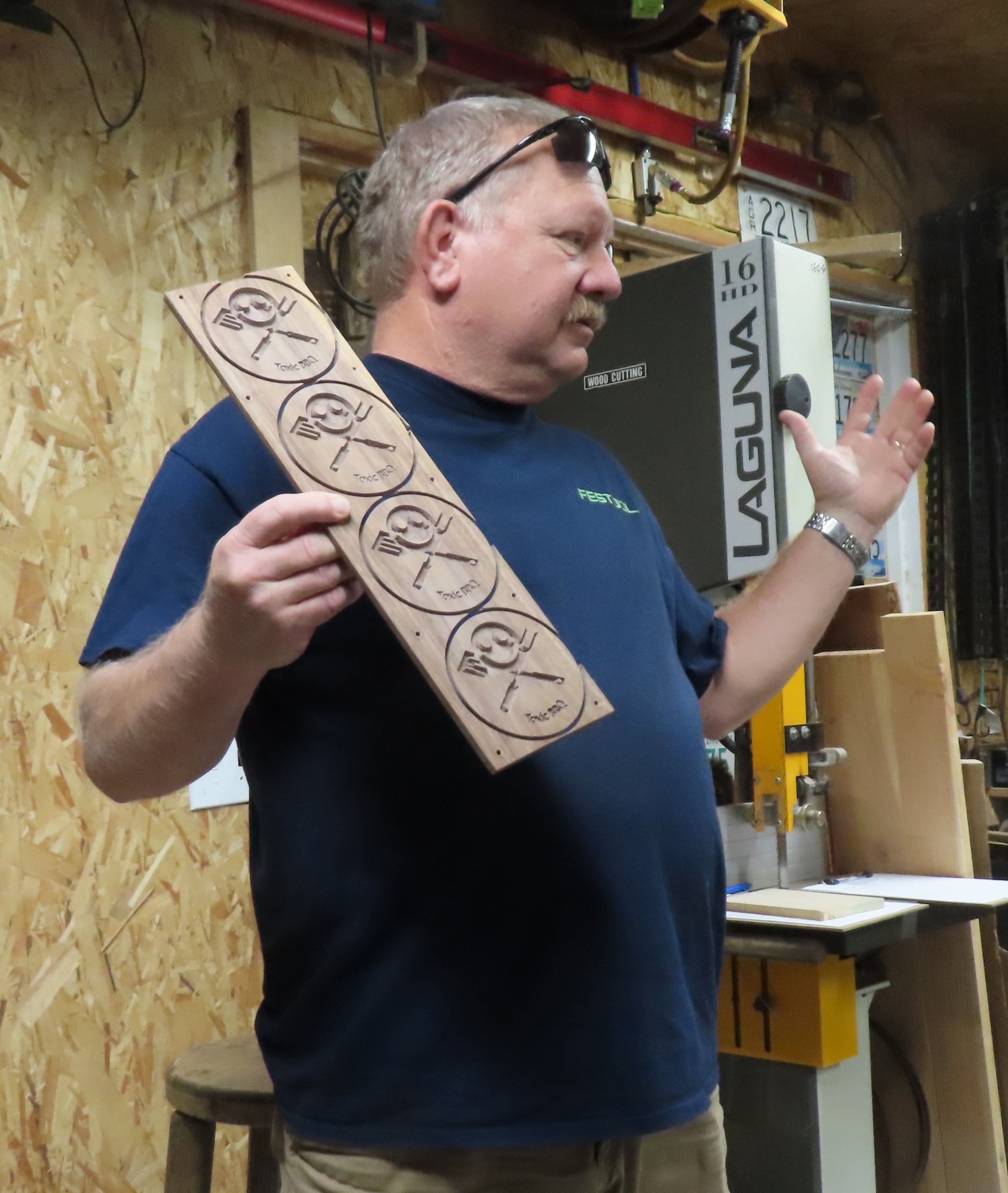

Steve Kaney shared a plaque that he is making for the Lighthouse for the Blind charity.
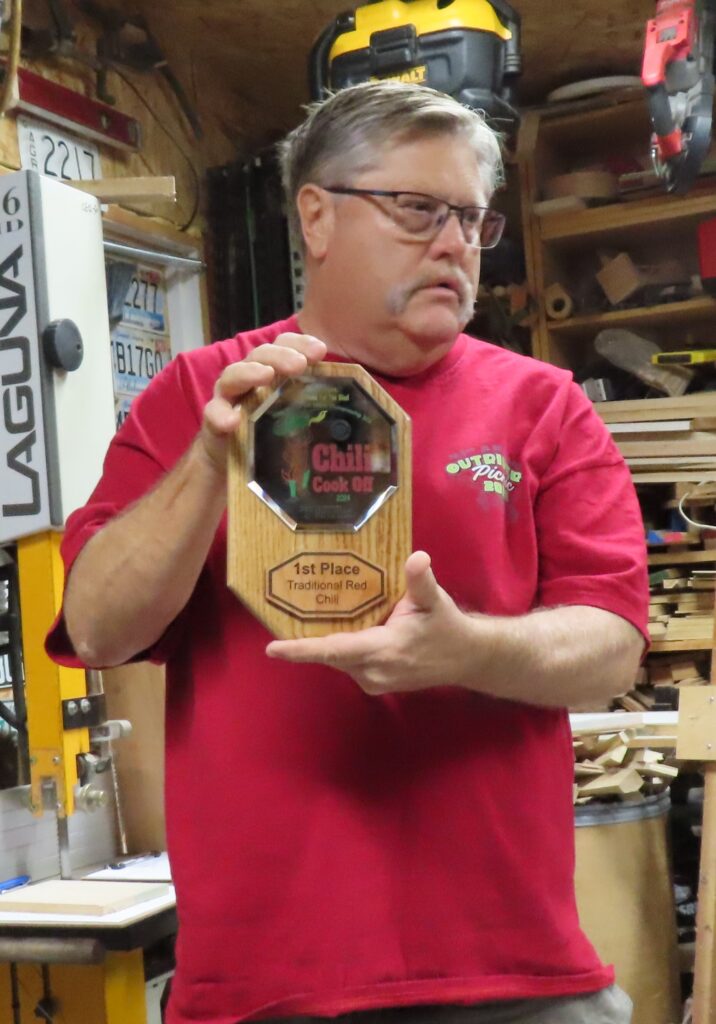
Steve also showed a trophy that he is making for the Volunteers for Veterans Foundation.
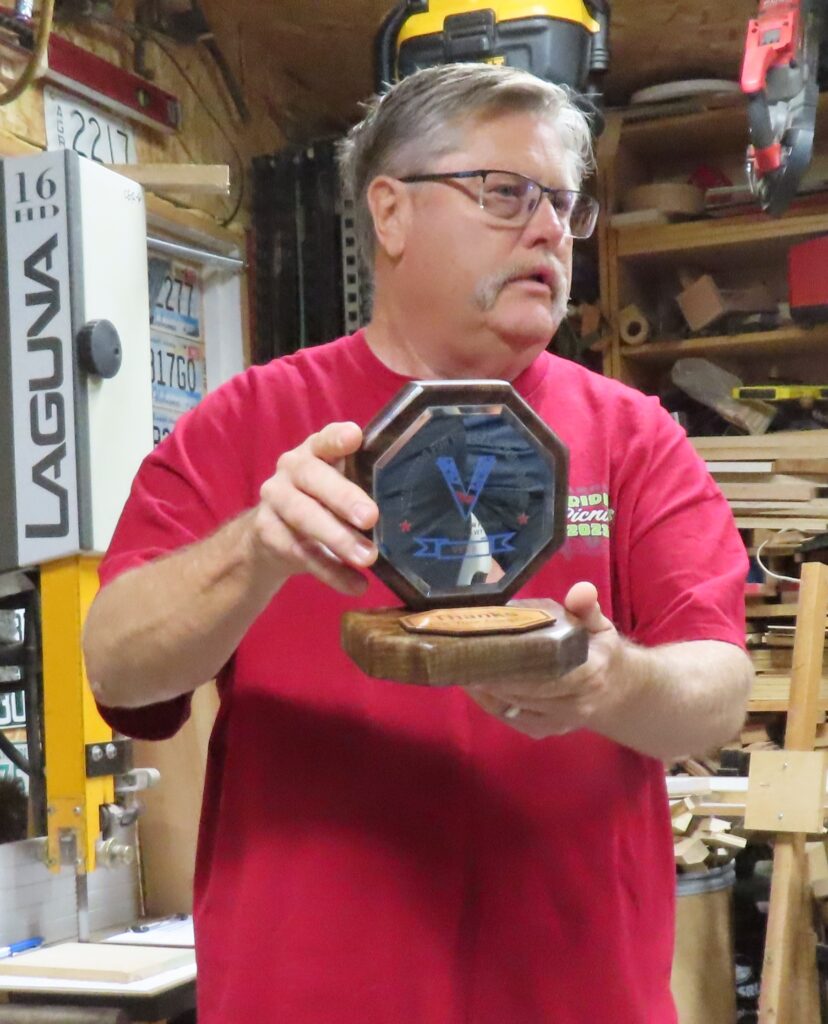

Tom Kaney shared a golfing plaque he is making for Taylor Made. This is a miniature version of the sign that appears at the Taylor Made golf course.
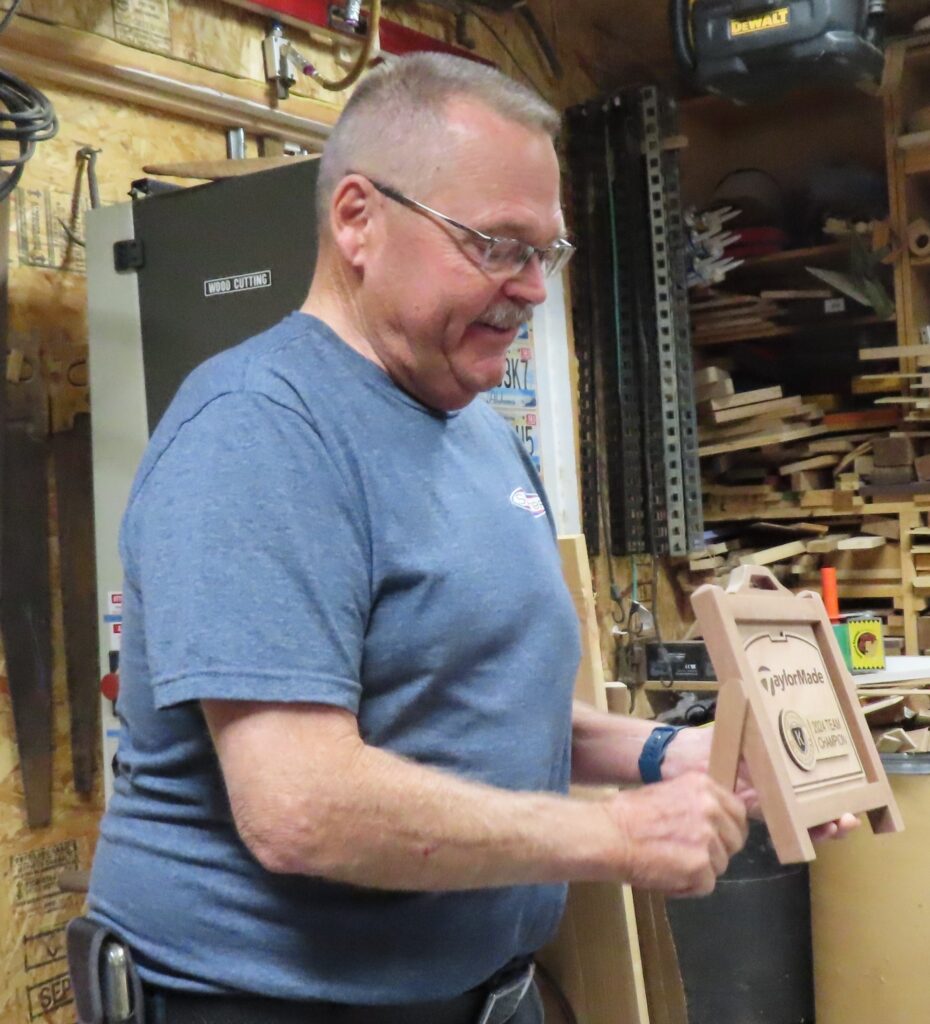
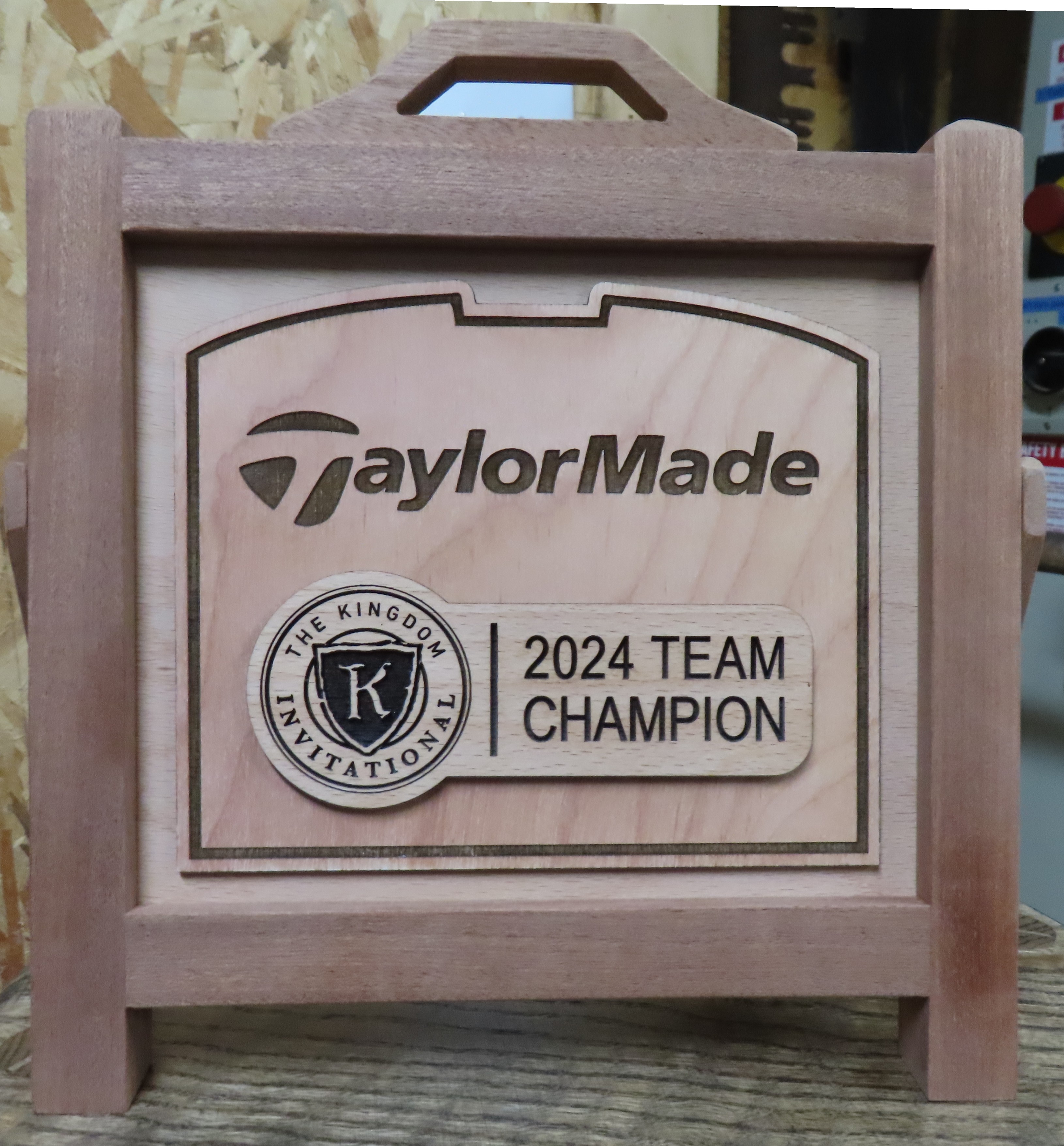
Upcoming Events
The October meeting is tentatively schedule for the 12th, and will be hosted by Tom Kaney at his shop.
October 19 will be a float-building day, hosted by Kenneth Thomas. Please attend if available, no tools required.

